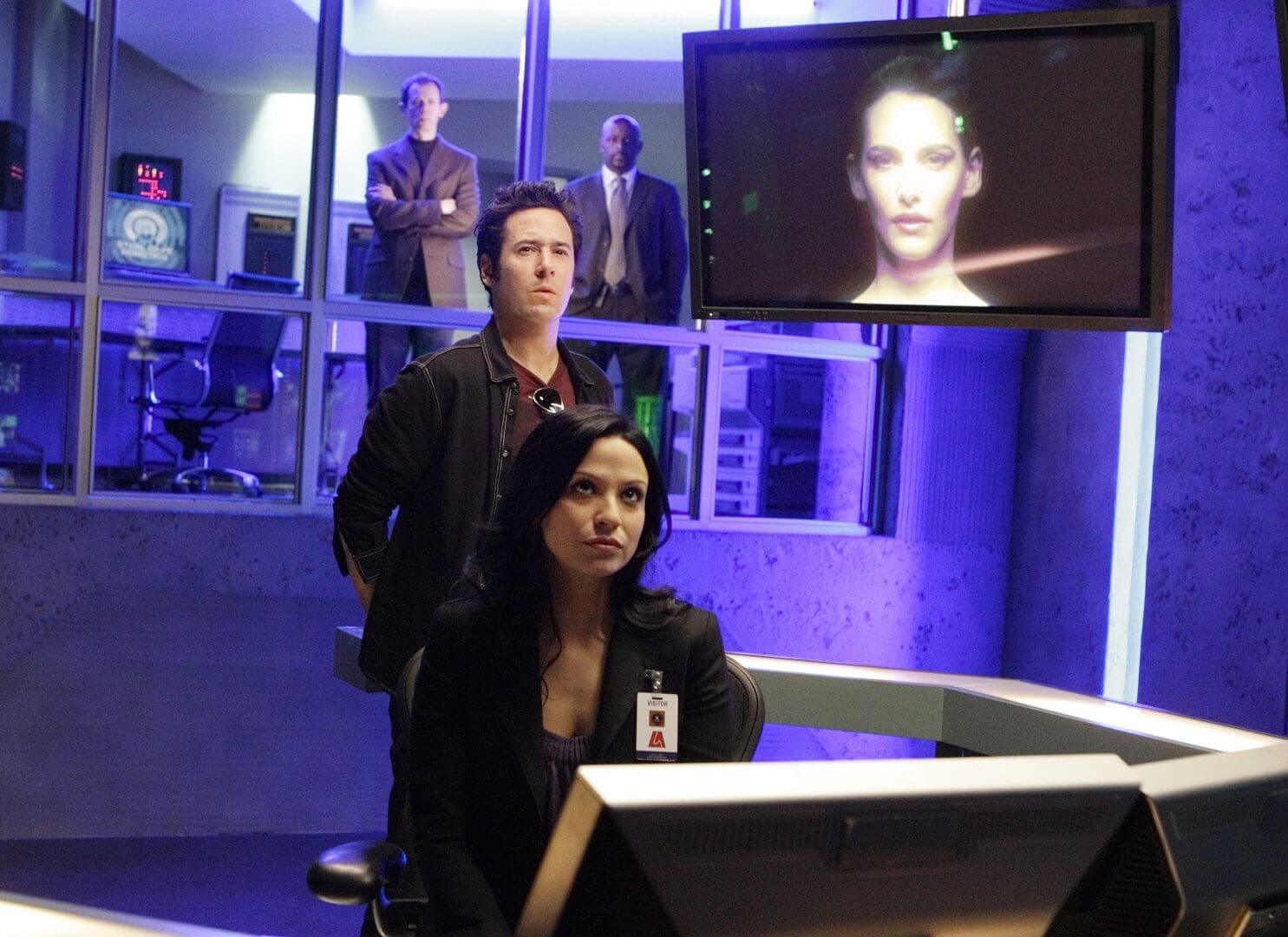“The Next MacGyver” and the Power of Media
A study published in the International Journal of Gender, Science and Technology involved interviewing STEM professionals and students about their lifelong media consumption. When they asked women and minorities in the field about the role that media played in their choice of profession they discovered a recurring theme: Star Trek’s Lieutenant Uhura.
In 1966, it was extraordinary to see a successful, career-oriented woman of African descent on TV — let alone in a futuristic, high-tech workplace. For both the African-American and white women in this study, Uhura offered a tantalizing glimpse of their own potential future working as respected STEM professionals.
. . . we found that 44 percent of adults under 50 years old listed television as the biggest influence on their views of the federal government, second only to personal experience.
Unfortunately, the gender gap in STEM has yet to be filled, and media representations of women and minorities in the field continue to be the exception, not the rule. That’s why the USC Viterbi School, along with the National Academy of Engineering and Lee Zlotoff, creator of MacGyver, joined forces to create the “Next MacGyver” competition. With the support of Google and top Hollywood producers, the competition challenges writers to develop compelling TV pilots featuring female heroes who could inspire young women to see themselves as engineers.
Using the power and reach of mass media to affect social change is nothing new. Starting in the 1970s, academics and social activists began developing and implementing what came to be called the “entertainment-education” strategy. After seeing a huge surge in demand for adult literacy programs in Peru after a character in a telenovela enrolled in one, communication researchers developed a model for creating entertainment content that could educate large audiences about a vast range of subjects from gender equality, family planning and sexual responsibility to Sesame Street-style topics like kindness and cooperation.
Theoretical models were derived from Albert Bandura’s influential work on Social Learning, which determined that individuals adopt behavior changes based on the observation and imitation of other individuals including fictional characters appearing in mass media. Primarily using survey research, content analysis and focus groups, researchers found that, when implemented correctly, entertainment-education outreach was an extremely effective and cost-efficient method of changing individual attitudes, behaviors and beliefs, as well as influencing the audience’s sociopolitical context and affecting debates about public policy.
In the past 30 years, the entertainment-education strategy, which was utilized mostly in third-world countries, has become a fixture in Hollywood, where advocates and academics work with entertainment industry professionals to improve the accuracy of depictions in film and television content for pro-social purposes. At the USC Annenberg Norman Lear Center, we have worked in partnership with the Centers for Disease Control and Prevention for 14 years, consulting on more than 700 aired TV storylines across 100 shows from 35 networks in the past four years. Impact evaluations of these storylines have found evidence of behavior change and shifts in belief among viewers. After watching an organ transplantation storyline in the TV show Numb3rs, 10 percent of viewers who were not already registered as organ donors said the episode directly motivated them to do so. An episode of ER successfully prompted viewers to get screened for breast cancer as it helped dispel the myth that cutting into cancer during surgery causes it to spread.
Even when programming is not consciously directed to inform and change behavior, it can be a powerful input to people’s underlying beliefs and perceptions. In a national survey study of media consumption and civic attitudes, we found that 44 percent of adults under 50 years old listed television as the biggest influence on their views of the federal government, second only to personal experience (45 percent).
Whether we like it or not, audiences are moved by fictional representations and, if the depictions feel realistic and compelling, people often apply what they learn in fictional settings to their real lives. TV shows like L.A. Law and CSI sparked interest in the legal profession and forensics; we have reason to hope that one of “The Next MacGyver” pilots will do the same for engineering.
— Johanna Blakley is the managing director and director of research at the USC Annenberg Norman Lear Center, a research and public policy institute that explores the convergence of entertainment, commerce and society. She is the co-principal investigator on the Media Impact Project (MIP), a hub for collecting, developing and sharing approaches for measuring the impact of media.




